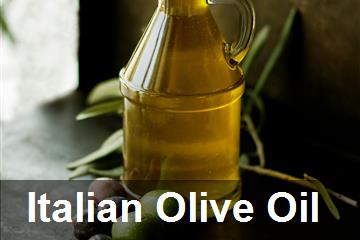
18 set 2024
The Italian olive oil sector, predominantly family-owned, is on the brink of a generational transition that may trigger foreign acquisitions.
Despite being the world's second-largest producer and exporter, Italy lags behind Spain in production volume but excels in product valorization.
The sector's financial health is mixed, with half of the companies in good condition and the other half potentially needing support.
Production has declined due to drought, while prices have surged, affecting consumption.
Italy imports significant quantities of olive oil, mainly from Spain, Greece, and Tunisia, and exports primarily to the U.S., Germany, and Spain.
The Puglia region leads national production, but Spanish mills still outperform in scale.
The industry's future hinges on navigating these challenges and leveraging its strengths in product quality.
The Italian olive oil industry, largely controlled by family businesses, is approaching a critical generational shift that could open the door to foreign acquisitions.
Italy stands as the second-largest producer and exporter of olive oil globally, trailing Spain, which dominates with a 31.8% share of global production compared to Italy's 12%. Despite this, Italy excels in adding value to its products, a factor that might attract Spanish companies to acquire Italian brands.
Currently, only four foreign companies operate in Italy's olive oil sector, with two being Spanish—Deoleo and Candor-Ags—alongside the French Avril and the Chinese Bright Food.
The financial health of Italian olive oil companies has seen a decline since 2020, with only half of the firms in robust condition, while the other half may require assistance.
Many Italian companies focus on packaging and marketing rather than direct production, sourcing 44% of their bulk oil domestically.
The sector's revenues remain strong, with a 24.5% increase in 2023, partly due to rising bottle prices.
However, production has been decreasing for three consecutive years due to drought.
The global olive oil production for 2023-24 is estimated at 2.4 million tons, with the EU contributing 71.7%. After Spain and Italy, Turkey and Tunisia have emerged as formidable competitors, surpassing Greece.
Puglia is Italy's leading olive oil-producing region, accounting for 59.3% of national output, with significant contributions from Bari and Bat provinces.
Despite this, Spanish mills still produce five to six times more than their Puglian counterparts.
Italy imports 510,000 tons of olive oil annually, primarily from Spain, Greece, and Tunisia, and re-exports 39.2% of it.
The main export markets are the U.S., Germany, and Spain.
Italians are the world's top olive oil consumers, despite a 13.3% drop in purchases this year due to price hikes driven by global supply shortages.
From 2019 to 2023, prices in Italy soared from €3.46 to €9.33 per kilo, with similar trends in Spain and Greece.
The most significant price increases were seen in lower-cost oils, while premium extra virgin olive oils saw more modest rises.
Critical Aspects and Potential Issues:
1. Generational Transition: The shift in ownership could lead to instability or loss of traditional practices.2. Foreign Acquisitions: Increased foreign control might dilute the Italian brand's authenticity.
3. Production Decline: Ongoing droughts pose a significant threat to future production levels.
4. Price Increases: Rising costs could further reduce domestic consumption and affect export competitiveness.
Suggestions and Useful Indications:
1. Strengthen Family Succession Plans: Ensure smooth generational transitions to maintain stability.2. Enhance Product Valorization: Focus on high-quality, value-added products to differentiate from competitors.
3. Invest in Sustainable Practices: Mitigate the impact of climate change on production.
4. Diversify Export Markets: Reduce dependency on a few key markets to spread risk.

